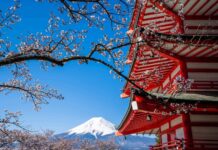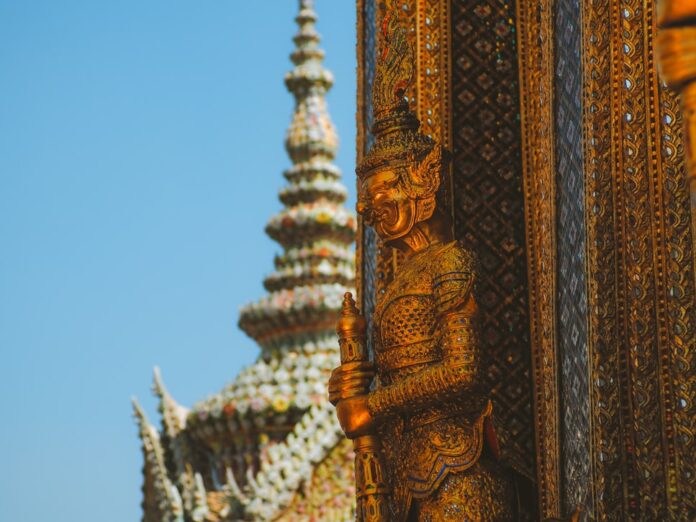
Some people assume that China is predominantly an atheistic state. But that is not the case. So, if you would like to explore religious sites in the country, you do have that option. There are plenty of places you can visit.
Below are four religious attractions in China that you should take the time to see and experience:
1. St. Joseph’s Church, Beijing
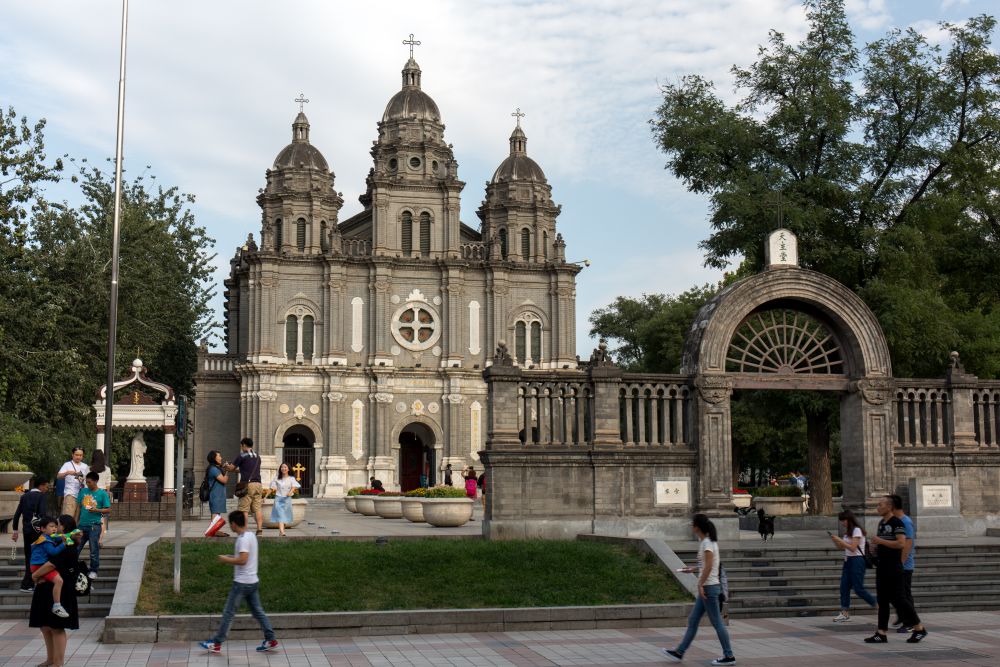
To the locals, St. Joseph’s Church, Beijing, is commonly known as Dongtang. Some call it Wangfujing Church. The Roman Catholic Archdiocese of Beijing has several historic churches. And this one is one of the four. It’s the second oldest Beijing church.
The Jesuits founded the church in 1653. And they completed the initial construction in 1655. However, it has undergone multiple renovations and reconstructions. As a result, it was completed fully in 1904.
The church’s priests are not officially recognized by the Vatican since they operate under the Chinese Patriotic Catholic Association. But it remains the place to visit if you would like to see Romanesque Revival architecture. Its designs represent both European and Chinese influences.
You can tour the place and sit down for self-reflection when you are done. The picturesque church and compound also provide a great background for pictures especially wedding photos. And there is always the option of skateboarding if that’s your preference.
2. Yufeng Temple
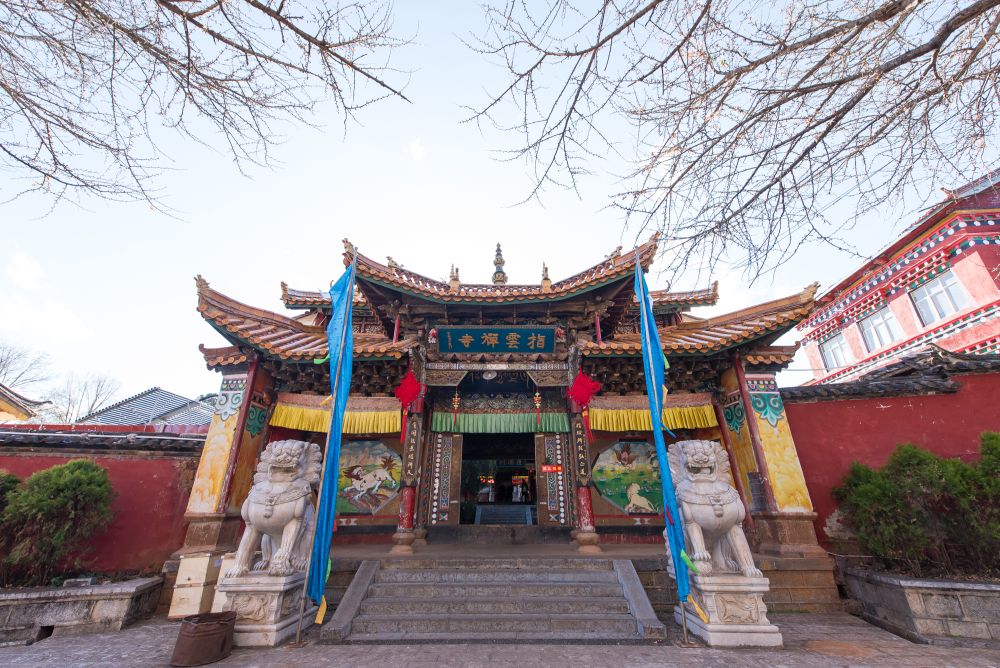
The Yufeng Temple is also an interesting religious site to visit. The Tibetans call it Kalashicongfeilin. You can find this lama temple at the foot of the Jade Dragon Snow Mountain in the middle of ancient forests.
The temple was built towards the end of Emperor Kangxi of the Qing dynasty who reigned between 1661 and 1722. One of its most outstanding features is an old camellia tree that has been in existence for over 500 years. Every year, it produces more than 20,000 flowers! And many people believe that it has magical powers.
It features multiple architectural themes that include those of Tibetan Buddhism, Taoism, Han Buddhism, and the local Naxi Dongba Religions. The temple also has about 20 Buddha statues. So, you can get to enjoy the architecture and its religious significance.
There are also other plants and flowers that you can see and enjoy. If photography is your thing, then you will have plenty of beautiful images to show for it.
4. Niujie Mosque
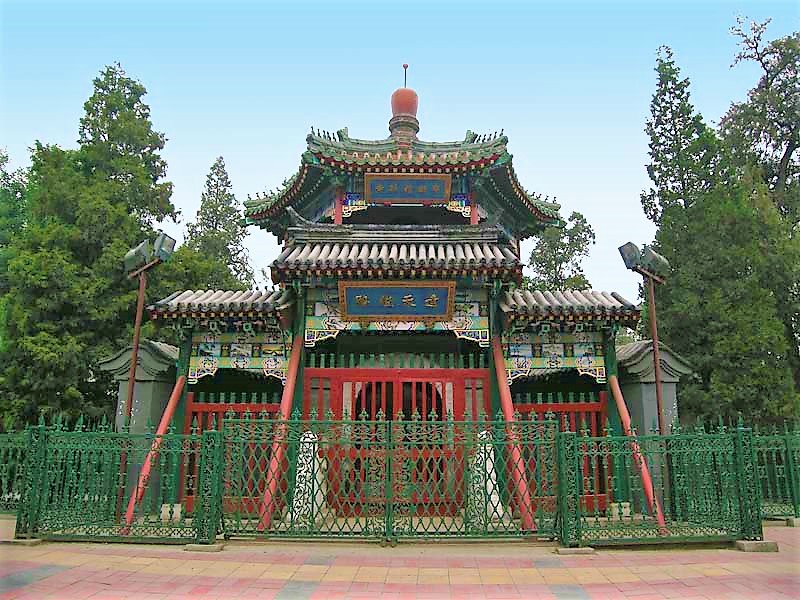
The Niujie Mosque is Beijing’s oldest Mosque. It was built during the Liao Dynasty in 996. That means it has existed for over a millennium. Think of the historical value of the place!
Niujie Mosque is still in operation. It serves as a spiritual center for the thousands of Muslims living within the area. You can also worship there if you are a Muslim. You can also get to see some of the historic religious relics.
Delegations from Islamic countries are usually taken around the mosque. But if you are a non-Muslim, then you can tour the exterior architecture and courtyards. If you are interested in seeing how well Chinese and Muslim architectural influences can mesh, then this mosque is the place to be in. In some ways, it may resemble a Buddhist Temple.
China has been in existence for a very long time. And during that time has experienced multiple religious influences from within and outside influences. As a result, it has plenty of attractions to offer you in terms of religious sites.
4. White Horse Temple
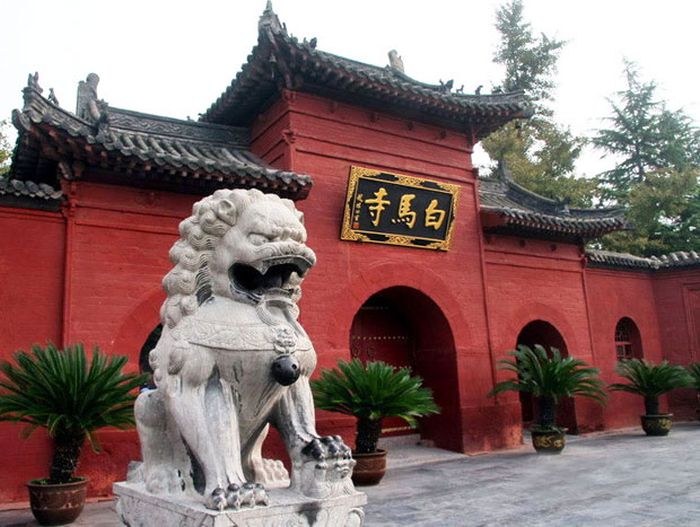
White Horse Temple (White Horse Temple), China’s first ancient temple, the world famous Garan. Located in Luoyang City, Henan Province, it was built in the eleventh year of Yongping in the Eastern Han Dynasty (68 AD). It was the first government-run temple built after Buddhism was introduced to China The existing ruins and historical sites were left in the Yuan, Ming and Qing dynasties. The temple preserves a large number of sculptures in dry lacquer from the Yuan Dynasty, such as the Third Buddha, the Second Heavenly General, and the Eighteen Arhats, which are precious. It was the source of “Shi Yuan” in China, Vietnam, Korea, Japan, and European and American countries “(The birthplace of Buddhism) and “zuting” (the court of the ancestor).
The main courtyard of White Horse Temple is a long courtyard with a total area of about 40,000 square meters. The main buildings include the Heavenly King Hall, the Great Buddha Hall, the Daxiong Hall, the Jiyin Hall, and the Vairocana Pavilion, all of which are listed on the north-south central axis. Although it was not the “old style of Xiyi Tianzhu” when it was founded, the temple site has never been moved, so the platforms and wells of the Han Dynasty are still faintly visible. There are five major halls, four courtyards and east and west wing rooms.
The entire temple has a regular layout and a simple style. Outside the gate of the temple, in the south of the square, there are newly built stone archways, release ponds, and stone arch bridges in recent years. The left and right sides of the square are green spaces. There are two stone horses on the left and right, the size of which is the same as the real horse, and the image is gentle and docile. These are two stone-carved horses from the Song Dynasty. They are 1.75 meters tall and 2.20 meters long. They are bowed and loaded.
According to legend, the two stone-carved horses were originally in front of the tomb of Princess Yongqing (the daughter of Emperor Zhao Kuangyin of the Song Dynasty), General Wei Xianxin, a horse and right horse, and were later moved here by the abbot of the White Horse Temple.
The White Horse Temple spread Buddhism to North Korea, Japan and Southeast Asia, so that Buddhism was popularized in Asia, and later entered Europe and the United States, becoming a holy place for Buddhist believers around the world. [Therefore, since the end of the 19th century, Japan has donated funds to rebuild the White Horse Temple bell tower and erected the Konghai statue; [The governments of Thailand, India, and Myanmar have successively invested in the White Horse Temple to build the Buddhist temple, making it the only Chinese, Indian, Myanmar, Thai An cosmopolitan temple with a temple in the Shikoku style. South Korea, Singapore, and Malaysia all came here to receive ordination, and the United States, Germany, and Canada all attended the temple’s abbot promotion ceremony As the most internationalized temple, the White Horse Temple can be described as the “No. Temple”.
Its “Ma Temple Bell” symbolizes good luck and is listed in the “Luoyang Eight Scenic Spots”. However, it has been forgotten by the contemporary Chinese and enjoys a high reputation in Japan. Most of the tourists who listen to the bell are from Toyo. It is the sacred wish of many Japanese to celebrate the New Year here. Therefore, the ringing time was changed to when the Japanese New Year came.
There is something for everyone who loves nature and wants to pay a visit to China. But you first need to get there. If you want a visa to China, here’s how to get started: https://visaexpress.com/visa-for-china-from-us/


